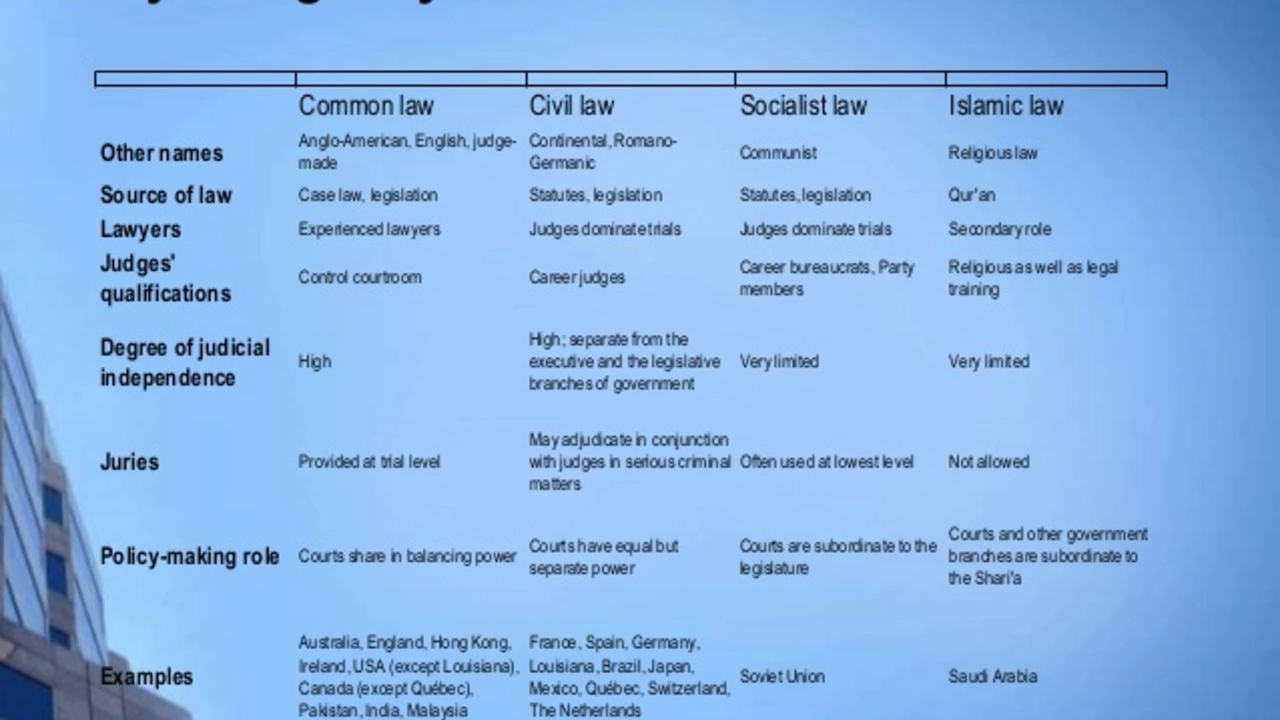Cultural Comparison: India vs United Kingdom
Thinking about moving abroad? Two popular choices are India and the UK, and both feel worlds apart. From the food on your plate to the way you get around town, the everyday experience changes dramatically. Let’s break down the most useful details so you can picture life on each side of the map.
Daily Life and Climate
India’s climate is diverse – you’ll find hot summers, monsoon rains, and cooler winters in the north. The UK, by contrast, offers milder temperatures year‑round, but don’t be fooled: it can be rainy and chilly for most of the year. This difference affects everything from wardrobe choices to how you plan outdoor activities.
When it comes to daily routines, Indian cities buzz with traffic, street vendors, and a hustle that never really stops. You’ll hear a mix of languages, see colorful markets, and find food stalls on almost every corner. In the UK, the pace is steadier. Public transport is punctual, streets are cleaner, and you’ll notice a stronger emphasis on personal space.
Both places value family and community, but they show it in distinct ways. In India, extended families often live together or close by, and festivals involve whole neighborhoods. The UK leans more toward individualism; you’ll find many people living alone or with a small family, and social events are usually planned in advance.
Cost of Living & Public Services
Money matters, so let’s talk dollars (or rupees). Generally, India is cheaper for housing, food, and transport. You can rent a one‑bedroom apartment in a major Indian city for a fraction of what you’d pay in London or Manchester. Groceries like rice, lentils, and local vegetables are also inexpensive.
The UK’s higher prices come with some trade‑offs. Healthcare is free at the point of use through the NHS, while India’s private medical care can be pricey unless you have good insurance. Education quality is broadly strong in the UK, with free public schools and many reputable universities, whereas Indian schools vary widely and often charge extra for better facilities.
Utilities follow the same pattern: electricity and internet are cheaper in India, but the infrastructure can be less reliable. In the UK, you’ll pay more, but expect a stable supply and fast broadband.
Safety and public services also differ. The UK has strict regulations on building safety, road rules, and public transport accessibility, which adds to the cost but improves overall quality of life. India is making rapid improvements, especially in metros, but you may still encounter occasional power cuts or crowded trains.
So which fits you best? If you thrive on vibrant street life, lower expenses, and warm weather, India might feel like home. If you prefer predictable weather, strong public services, and a quieter pace, the UK could be a better match.
Bottom line: both countries offer rich cultural experiences. Your choice will hinge on what daily comforts matter most to you. Take a short visit to each, compare the feel of the neighborhoods, and see which rhythm matches your own.
Posted by
Arvind Suryavanshi
0 Comments

Living in India versus the UK presents quite contrasting experiences. The UK is known for its orderly lifestyle, advanced infrastructure, and colder climate, while India is famous for its rich cultural diversity, warm weather, and bustling cities. In terms of cost of living and buying power, India tends to be more affordable. However, the UK often ranks higher in terms of quality of life and public services such as healthcare and education. Both are beautiful in their own unique ways and offer different perspectives and experiences.
read more